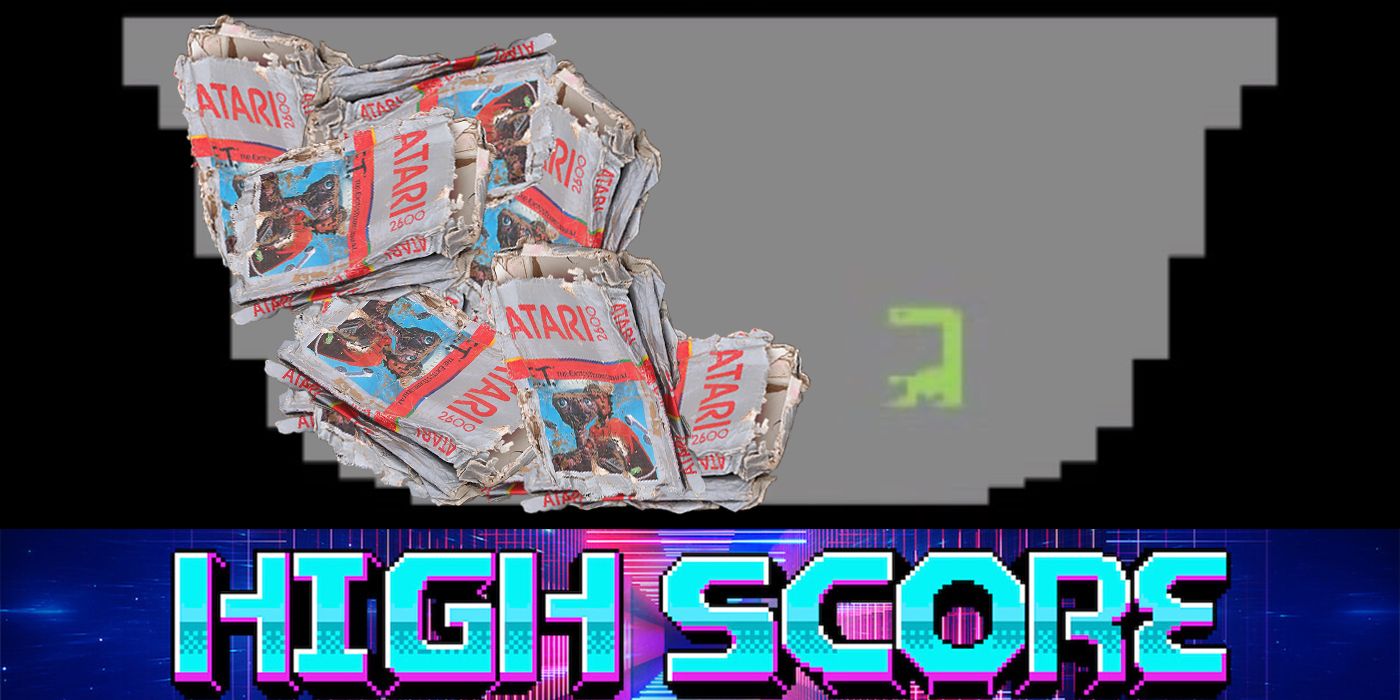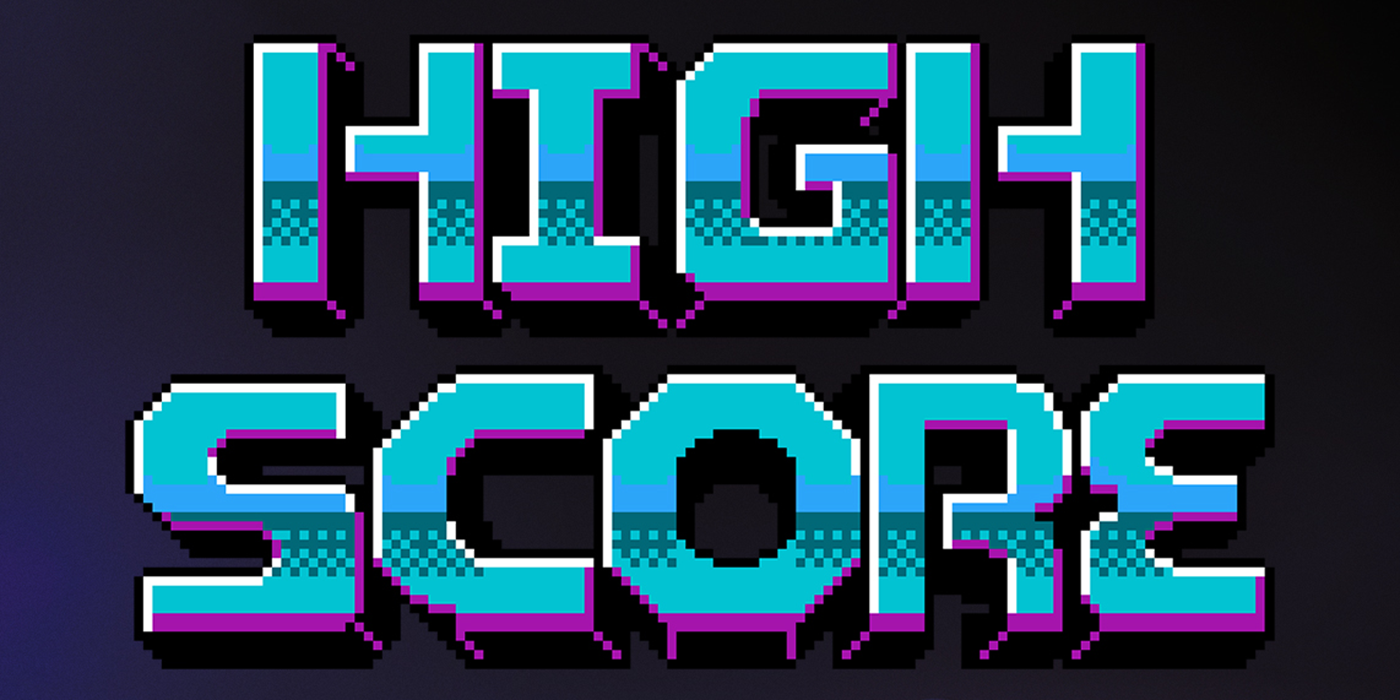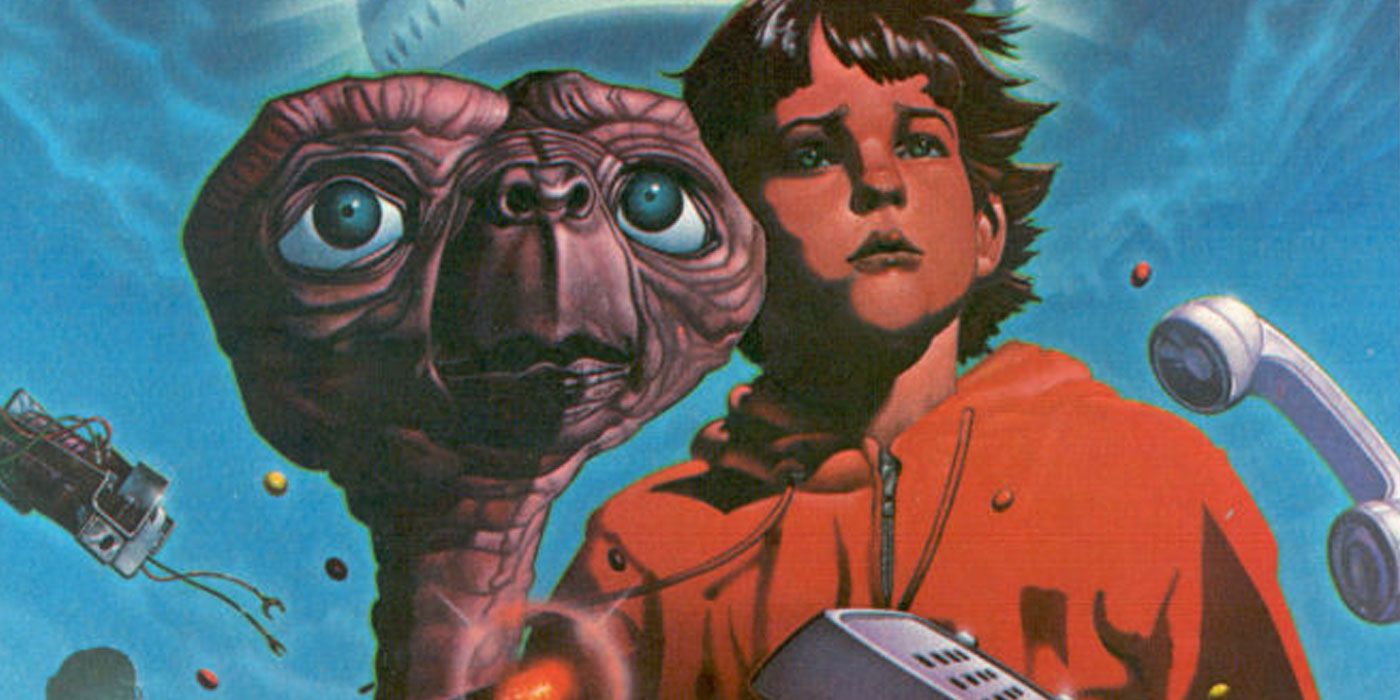Say the phrase "crunch time," and many in game development will grow tense at the thought. As long as there's been a video game industry, crunch time has been there; although, it wasn't talked about until the early 2000s. While there's been more of a conversation about this, the Netflix docuseries High Score missed a great opportunity to talk about crunch time from a historical perspective, as well as its long term impact on the gaming industry.
Crunch time happens when studios hit points in the development where milestones are not being met. Essentially, the game is behind schedule. The end result is extra time and effort being put in over an abbreviated period to get back on target. The vast majority of people across the video game industry involved in this process have experienced crunch time in their careers.
The problem with this is that developing a video game is as much a creative process as it is a technical process. Larger games require dozens of people, sometimes working in different offices around the world, to come together in a single goal. As such, most milestones and schedules are, at best, subjective and unrealistic. Trying to follow them is doomed to failure from the start.
When implemented, crunch time can turn a 40-hour workweek into a 100-hour workweek. Because many employees are salaried, they are not required by law to be paid overtime in some places. On some projects, crunch time can last for long periods, sometimes over weeks or months, depending on the game and the company. There have even been companies accused of "crunch culture," meaning they exploit the concept of crunch time and operate under it when unnecessary.
On more than one occasion during the course of High Score, the documentary flirts with discussing crunch time without actually talking about it. The docuseries comes the closest to bringing it up in the first episode when talking about the infamously terrible Atari game, E.T. the Extra-Terrestrial. Developer Howard Scott Warshaw was brought into the project on July 27, 1982, and was given a delivery date of September 1, 1982.
That gave Warshaw a little over a month to do the same amount of work he had been doing in six to seven months on other games. The problem was that Atari wanted the game for Christmas and skipped a lot of steps along the way, including giving Warshaw a proper development cycle. It was an early example of the dangers of crunch time and the negative impact it can have on game development.
No one was talking about crunch time in the gaming industry for years, but it was always there. Employees were afraid to say anything because their jobs were coveted, and they wanted to be team players. In 2004, it was the spouses of game studio staffers who started to open up and complain about the impact of crunch time. Beyond working an extra 20 to 50 hours a week for no overtime, the negative effects on physical and mental health were and are drastic.
In the conversation with Warshaw about E.T. the Extra-Terrestrial, High Score missed an easy opportunity to talk about crunch time and the role it played in early game development. It would have been an excellent counterpoint to talking about how much fun it was to work at Atari in the good ol' days, which they certainly did.
The conversation about crunch time in the modern era of game development has become more open, and there have been positive changes. There are also still serious offenders out there who are overworking their staff in exchange for the privilege of being part of a game. High Score could have furthered the conversation by providing a historical context for crunch time, showing how deep the roots of this exploitative business practice actually run.



